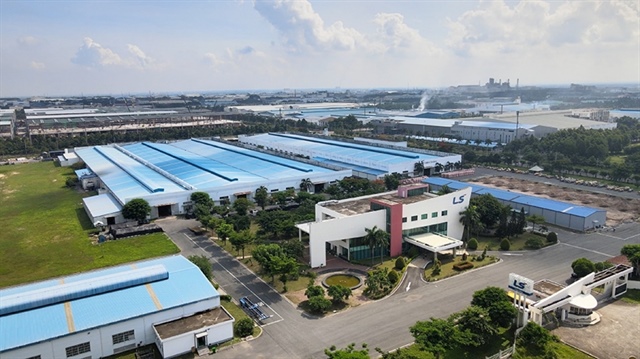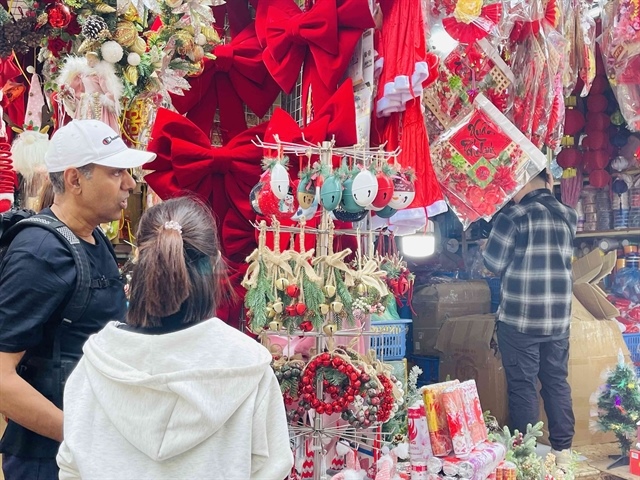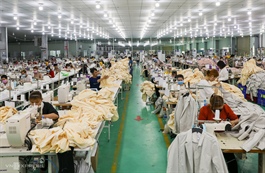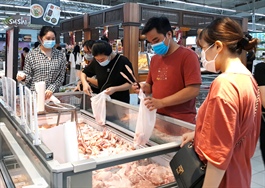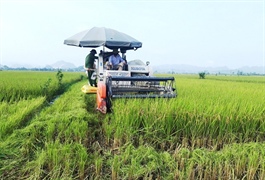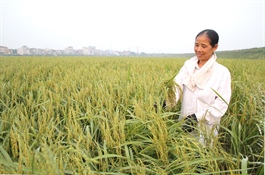Vietnam urges exporters to use official trade channels to China
Vietnam urges exporters to use official trade channels to China
The tightened Chinese controls over goods transported through border crossings require shifting to official trade channels in order to maintain the value of exports to this market.
Tightened regulations
Along with tightening plant and animal quarantine, China has applied strict regulations to control trading activities via border crossings in an effort to prevent the spread of Covid-19, creating difficulties for Vietnamese exports, especially farm produce.

Dragon fruit has been licensed for export to China via official trade channels
|
On August 19, China informed of its decision to change the delivery procedures via the Tan Thanh Border Crossing in Lang Son Province, according to the Agency of Foreign Trade under the Ministry of Industry and Trade.
In accordance with the decision, which took effect on August 18, Vietnamese drivers and owners of goods are not allowed to enter China and must hand over the vehicles to Chinese drivers to transport the goods to their destinations. The Chinese drivers give the vehicles back to their Vietnamese drivers once the goods have been delivered.
Before the decision was made, China temporarily stopped importing through the Tan Thanh Border Crossing after finding a driver infected with the coronavirus. Tightened controls are said to create numerous difficulties and additional costs for exporters to this market.
China has many other strict requirements for imported goods. Recently, it imposed an indefinite ban on longan imports from Thailand after finding the fruit unsafe. According to the Economic and Commercial Counselor of the Chinese Embassy in Vietnam Hu Suo Jin, from January 1, 2022, China will apply new policies to Vietnamese agro-forestry-fisheries exports, too.
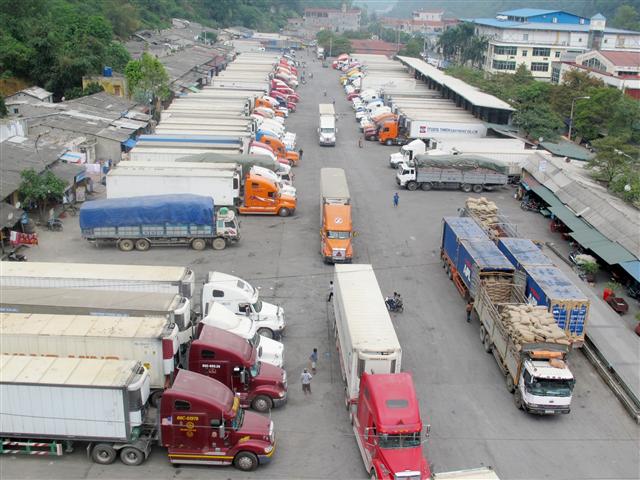
Vehicles transporting farm produce stuck at a border crossing
|
Border markets discouraged
Increased pandemic prevention and control measures are also hampering customs clearance for import-export activities, prompting the Ministry of Agriculture and Rural Development to warn Vietnamese farmers and exporters of the need to seriously abide by Chinese regulations on food safety and packaging.
The Agency of Foreign Trade said the Industry and Trade Departments of localities should provide businesses with updated information about Chinese regulations on transportation of farm produce exports through the Tan Thanh Border Crossing. Businesses can also get their export products transported to China by railway through the Dong Dang-Pingxiang Border Crossing and other border crossings in Quang Ninh Province.
The Ministry of Industry and Trade is also urging business and logistics associations to shift to official trade channels when exporting to China because they offer preferences related to customs clearance compared to exports via unofficial channels in the form of people-to-people exchanges at border markets.
To accelerate customs clearance, Vietnamese farm produce exporters must classify and package products in accordance with importer requirements and abide by Chinese regulations on quality, food safety, origin traceability and production unit codes.
Major Vietnamese farm product exports to China include dragon fruit, watermelon, lychee, longan, banana, mango, jackfruit, rambutan, and mangosteen. The Ministry of Agriculture and Rural Development will sign a protocol with the Chinese side to add eight kinds of farm produce to the export list once Covid-19 is controlled.




